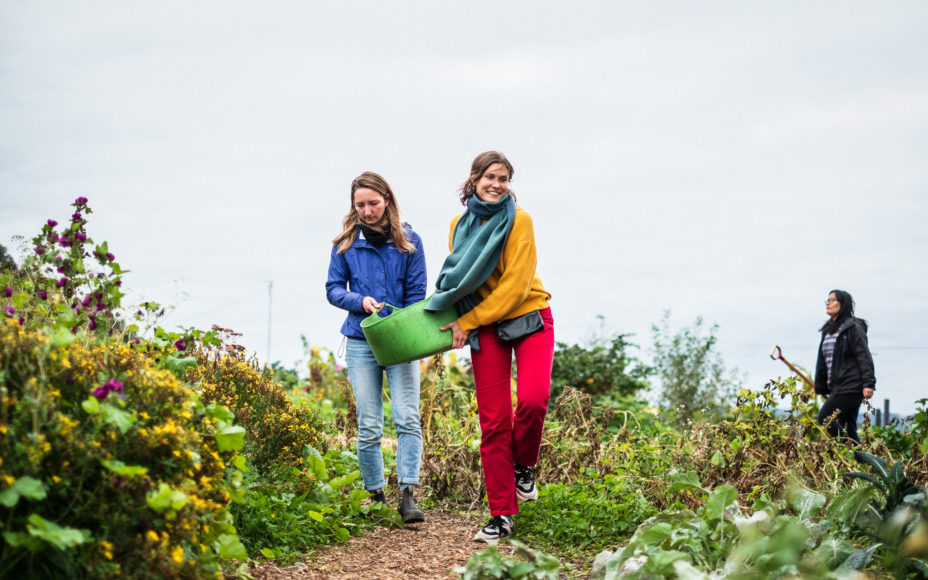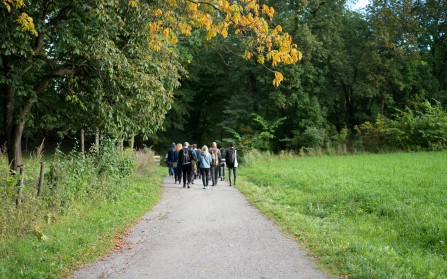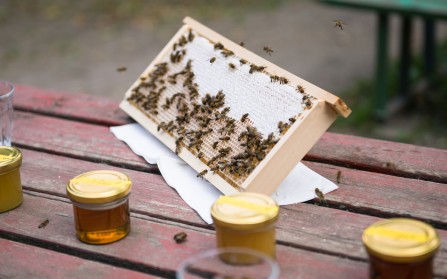Food Studio / OKOUKA
We believe that we all need to be ambassadors of food empathy if we are going to change the food system and the challenges we are facing today. By Food Empathy we mean the essential understanding of what food is, where it comes from and the journey it has undertaken, the resources spent from sun, soil and grass, how it enriches not just our souls, but how our bodies are made and nourished and how it finally returns to nature when we throw it away or digest it. In short, an understanding of the great wheel of sustenance and how it comes full circle.
Bakelauget på Losæter satte brøddeig kvelden før, og har brukt dagen til å fyre opp i bakeovnen, slik at vi alle kan nyte nybakt brød til måltidet. Jentene fra JobbUng Løkka har lært seg å lage chapatti, som de nå steker på den vedfyrte takken inne i bakehuset.
On a sunny autumn day we take the bus to Frognerkilen and walk up to Bygdø Kongsgård, up the gravel road, to find ourselves surrounded by fields and forests just a few stops away from the city. All around us are the intense colours of autumn, and the sun is casting a warm, yellow hue. It is the last day of ØKOUKA, and for the third time we celebrate the week with a feast at Bygdø Kongsgård.
To celebrate the end of ØKOUKA 2014, everyone was invited for a final feast at Bygdøy. ØKOUKA, the ecological week in Oslo, was filled with workshops, lectures and meetings between city dwellers and farmers. Bygdøy Kongsgård and the community gardens at Hengsengen are one of the finest examples in Oslo where these two worlds meet.
This autumn we explored Oslo in a different way: an urban Get Away in collaboration with ØKOUKA. We spent out afternoon in Stensparken in the middle of the city, where BYBI, the urban beekeepers of Oslo, take care of two bee hives.
After a whole week of ecological workshops, political debate, farm visits and foods, ØKOUKA had its grand finale at the Bygdø Royal Farm.
ØKOSLO week recently took place from 14th to the 20th of October. Food studio participated in this inspiring experience and project that showed that Oslo has a lot more to offer concerning organic food culture.
It all began up at the old cabin Sæterhytten on Dronningberget, where everyone met to a introductory speech by Idun Leinaas, followed by a warming, bright orange pumpkin soup heated over a bonfire and served in the chill autumnal air. As people finished their cup of soup, it was time to continue on in one of the four knowledge groups.
A meeting of man, nature and food. We invited some of Oslo’s best chefs to use local ingredients in their cooking - all from the beautiful, lush and green countryside of Bygdøy, which lies within Oslo's borders and close to the inner city.








